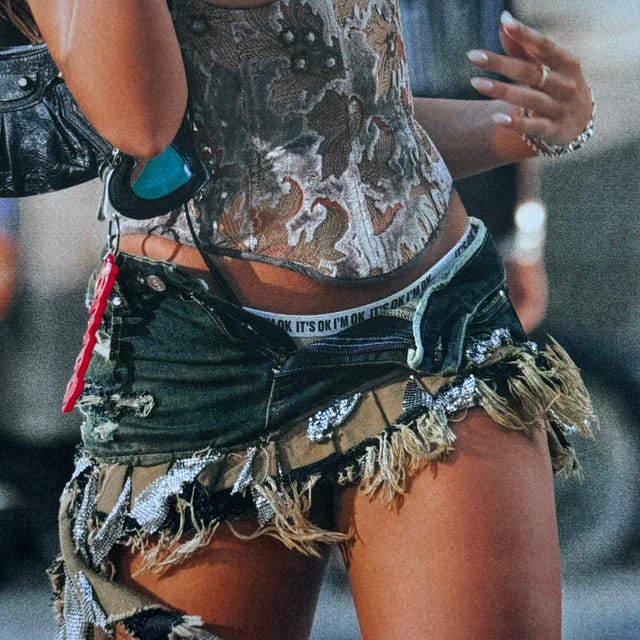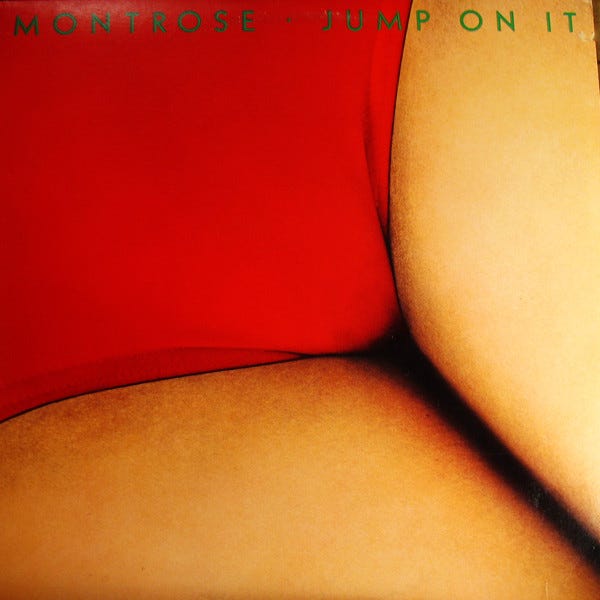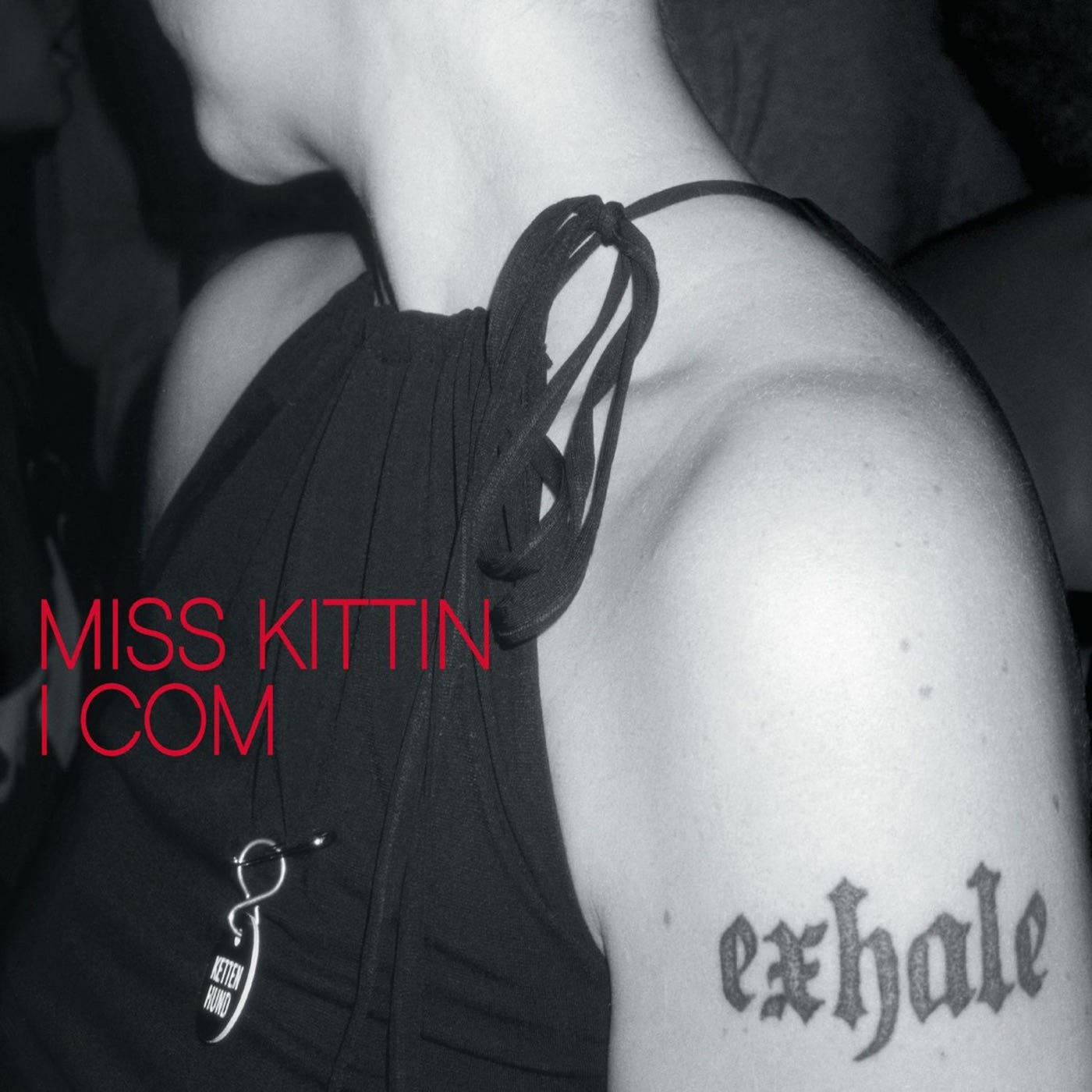The Body Crop Revival
A collection of album and single covers from Sticky Fingers to "Diet Pepsi"
The Art of Cover Art is and will continue to be a free resource for all readers. If you have the means this month, consider upgrading to a paid subscription to support my work. A small donation to my ongoing coffee fund is also always appreciated. Happy reading!
In 1991, fine artist Christian Marclay began Body Mix, a series that stitches together album covers of body parts into extended collaged human figures. In Doorsiana, a striking portrait of Jim Morrison from the cover of The Best of The Doors (1985) draws the viewer in. His inferred outstretched biceps turn into Cat Steven’s yo-yo dangling arm from Izitso (1977) and Diana Ross’ pointed elbow on her 1980 eponymous album. Each piece in Body Mix is clever and playful. Marclay removes iconic cultural figures like David Bowie’s lightning bolt Aladdin Sane from their original context and creates eccentric narratives in their place.
Last week, up-and-coming Canadian pop star Tate Mcrae released her latest single, “It’s ok I’m ok” with a grainy photograph of a heavily styled torso and crotch as the single cover. Like Jorge Santana’s debut self-titled 1978 album included above in Doorsiana, Mcrae’s cover feels overtly sexual. The body on Santana’s album clearly doesn’t belong to the singer (a story for another day), while the one pictured on Mcrae’s is recognizably hers. Even though the newly minted pop star is taking ownership of her sexuality, she is also following a trend that has been making its return over the past year: the body crop.
The segmented human figure has been historically visualized across album covers. The Rolling Stones’ Sticky Fingers sent shockwaves through the world when Andy Warhol included a mechanical zipper on an already suggestive image of a tight jeaned crotch (modeled by Joe Dallesandro, who also appears on The Smiths’ 1980 self-titled record, another cropped cover). The Ohio Players’ entire discography plays off the allure of seductive segmented figures, which reveal themselves when opening up the gatefolds, quite like a centerfold. Bruce Springsteen’s cheeky Americana cover on Born In The U.S.A. to Ween’s sexy sporty Chocolate and Cheese, the list goes on and on.
2024 has seen the return of abstracted bodies on album covers, from Taylor Swift’s The Tortured Poet’s Department to Charli XCX’s viral “Guess” remix with Billie Eilish and TikToker turned musician Addison Rae’s “Diet Pepsi.” The anonymity of these figures exudes a particular sense of lust. It heralds the old-time saying, “Sex sells.” While records like Enumclaw’s Home In Another Life and The Dare’s What’s Wrong With New York retain a sense of identity with details in their fashion.
Find more close-up and personal album covers throughout the years below and on Are.na:






ICYMI: I guest-edited
’s Casual Archivist newsletter at the top of the month, exploring the album art of niche 1960s instructional medical records. Read it here.The Art of Cover Art is a free educational and inspirational resource. If you have $5/ month to spare, it would be super helpful in furthering my research. Or, if you think a friend might enjoy this newsletter, the best way to pay it forward is by sharing!









I'll add the German band Accept's 1983 album "Balls to the Wall", design by Jean Lessenich, either in homage or as rip-off of Robert Mappelthorpe's "Patrice" (1977). The cover, along with songs "London Leatherboys" and "Love Child" courted some controversy in the press.
https://e.snmc.io/i/1200/s/7e9bbe13df295655d61c385d6fe7aef5/3257174
This is fascinating!
Cropped bodies has sort of always been a thing in book covers, because publishers want to keep the figures anonymous and relatable for the reader to insert themselves or their vision of the character. But it’s also viewed as a boring trend and I can’t think of any so sexual or stylish as the ones shown here.